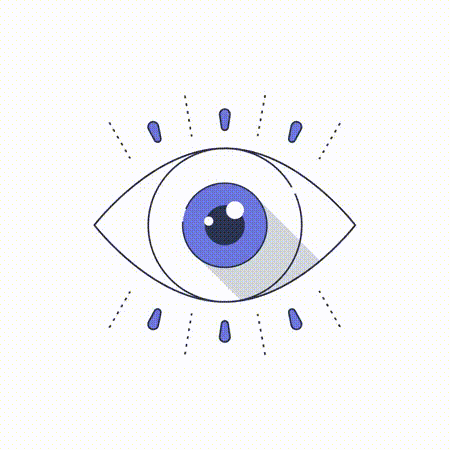
Dry Eye Care

Symptoms
Signs and symptoms, which usually affect both eyes, may include

Dry Eye Assessment Tools
Causes
Reasons for tear film dysfunction are many, including hormone changes, autoimmune disease, inflamed eyelid glands or allergic eye disease. For some people, the cause of dry eyes is decreased tear production or increased tear evaporation.


Risk factors
- Being older than 50. Tear production tends to diminish as you get older. Dry eyes are more common in people over 50.
- Being a woman. A lack of tears is more common in women, especially if they experience hormonal changes due to pregnancy, using birth control pills or menopause.
- Eating a diet that is low in vitamin A, which is found in liver, carrots and broccoli, or low in omega-3 fatty acids, which are found in fish, walnuts and vegetable oils.
- Wearing contact lenses or having a history of refractive surgery.
Prevention
If you experience dry eyes, pay attention to the situations that are most likely to cause your symptoms. Then find ways to avoid those situations in order to prevent your dry eyes symptoms. For instance:
- Avoid air blowing in your eyes. Don’t direct hair dryers, car heaters, air conditioners or fans toward your eyes.
- Add moisture to the air. In winter, a humidifier can add moisture to dry indoor air.
- Consider wearing wraparound sunglasses or other protective eyewear. Safety shields can be added to the tops and sides of eyeglasses to block wind and dry air. Ask about shields where you buy your eyeglasses.
- Take eye breaks during long tasks. If you’re reading or doing another task that requires visual concentration, take periodic eye breaks. Close your eyes for a few minutes. Or blink repeatedly for a few seconds to help spread your tears evenly over your eyes.
- Be aware of your environment. The air at high altitudes, in desert areas and in airplanes can be extremely dry. When spending time in such an environment, it may be helpful to frequently close your eyes for a few minutes at a time to minimize evaporation of your tears.
- Position your computer screen below eye level. If your computer screen is above eye level, you’ll open your eyes wider to view the screen. Position your computer screen below eye level so that you won’t open your eyes as wide. This may help slow the evaporation of your tears between eye blinks.
- Stop smoking and avoid smoke. If you smoke, ask your health care provider for help devising a quit-smoking strategy that’s most likely to work for you. If you don’t smoke, stay away from people who do. Smoke can worsen dry eyes symptoms.
- Use artificial tears regularly. If you have chronic dry eyes, use eye drops even when your eyes feel fine to keep them well lubricated.


In case of children, special schools and occupational therapists may be contacted to help them learn to be self-reliant. A supportive home and work/school environment help the patient cope better with low vision.
Most important of all is to maintain a positive and cheerful attitude to life. So many diseases that were considered incurable now can be successfully treated. Scientists all over the world are relentlessly working on conditions that cause permanent vision loss and damage, and we can all hope for an early breakthrough.
Our Eye doctors





